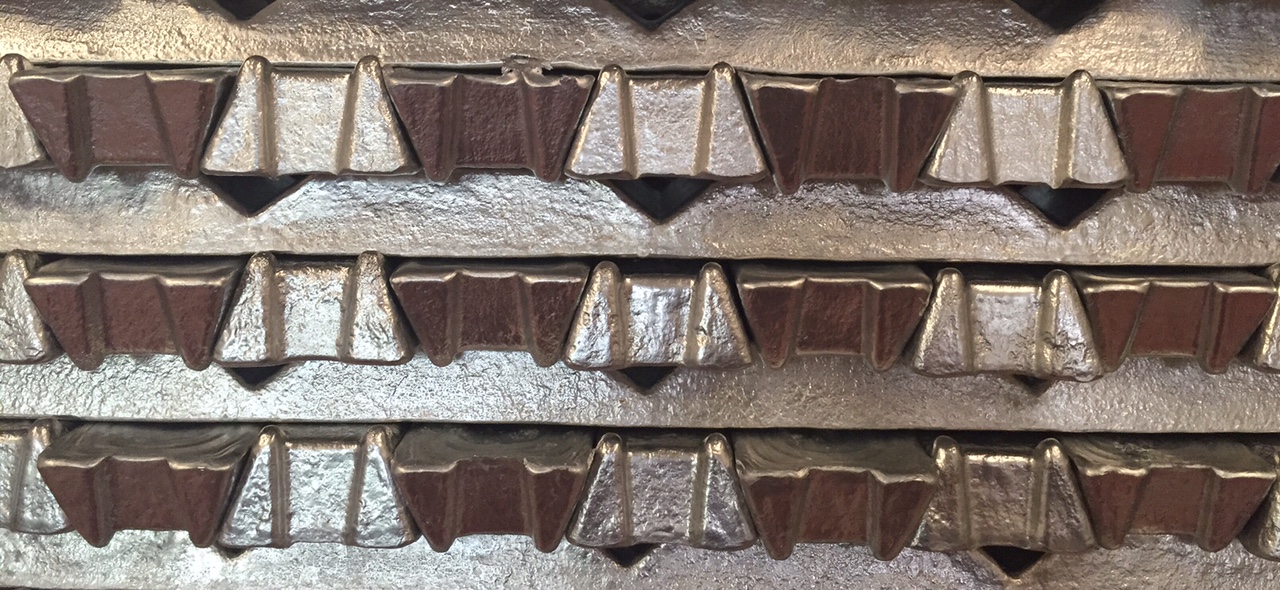Die-casting consists in high-pressure injecting into a metal mold of a liquid metal, which is therefore allowed to solidify. The die and the associated runner are then expelled, the mold closed and the cycles restarts.
The use of high pressure to fill both the cavity and empty spaces that result from shrinkage due to solidification allows obtaining thin wall sections. Zinc alloys (Zamak) provide very thin output sections and very small runners avoiding sprues. The resulting process boasts highly productive speed cycles.
Pressure exerted on the molten metal during solidification allows for a rapid heat exchange with the mold, water-cooled by means of internal tubing, thus resulting in a high cooling speed. Therefore, die-casting features a much more fine dendritic and crystal structure than gravity casting.
Pressure also allows the liquid fraction to compensate for solidification shrinkage, thus minimizing shrinkage porosity.
Up-to-date die-casting systems using computerized forecasting techniques provide precise die-casting at first strike. In addition, they ensure consistent quality die-casting over hundreds of thousands pieces manufactured.
There are two types of die-casting machines. In hot chamber machines, the injection group is submerged in the liquid alloy and it is used to fill the mold and to apply the required pressure at the solidification stage.
Cold chamber machines require transferring a predefined amount of molten metal from a wait furnace to the machine at every casting cycle. Hot chamber process has a higher production pace than other systems.
